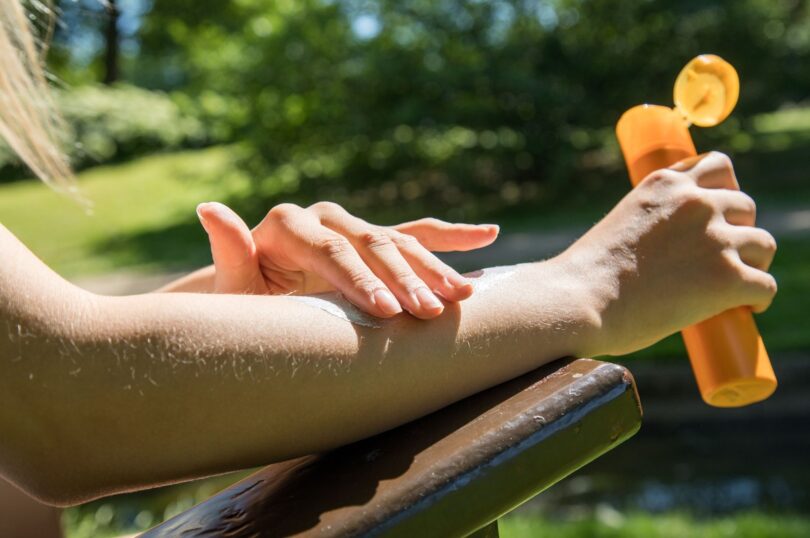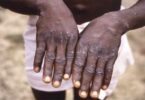MUNICH (DPA) : In the summertime, protecting yourself from the harmful effects of intense ultraviolet (UV) rays emitted by the sun is crucial. These rays can lead to sunburns, skin cancer and genetic mutation. However, it is also important to apply protection correctly, so avoid these four common errors.
Healthy tan?
A tan is not a sign of good health, warns Daniela Hartmann, a dermatologist with a hospital group in Munich. She explains that a tan is our skin’s attempt to protect itself from even more damage from the sun’s rays.
Specifically, melanin is formed when UV radiation hits our skin and existing melanin darkens. The pigment protects the nucleus of the skin cells to prevent damage to the genetic material, according to Germany’s Federal Office for Radiation Protection (BfS). And damage to the genetic material can cause skin cancer.
However, there are limits to this protective tanning mechanism. Be aware that it cannot replace sunscreen. The body’s own tan has a sun protection factor of four to six at the most. A good sunscreen, however, provides a sun protection factor of 30 to 50, Hartmann points out.
Too little sunscreen
A small dab of sunscreen for the whole leg or back is by no means enough. Most people use only a quarter to half the amount of sunscreen needed for good protection, Hartmann says.
Sunbathers should use at least 2 milligrams of sunscreen per square centimeter of skin to achieve the sun protection factor indicated on the package. Adults need 3 to 4 tablespoons of sunscreen to protect themselves from head to toe, according to a guideline developed by the German consumer advice magazine Öko-Test.
Sunscreen only at the beach
In summer, it is increasingly important to put on sunscreen every day. Even when we cycle to work or treat ourselves to a cappuccino outdoors during lunch, we are exposed to the sun’s rays. It can cause damage even if we don’t spend hours at the beach.
Our skin does not forgive or forget such experiences, says Hartmann. Over the years, UV damage accumulates and can, at worst, lead to skin cancer. Apart from that, UV radiation also causes our skin to age faster.
Forgetting about eyes
The eyes can also get a sunburn of sorts, known as photokeratitis or ultraviolet keratitis in medical terms. This painful eye condition can occur after prolonged, unprotected exposure to UV rays, according to a German platform dedicated to skin health. Typical symptoms include intense pain, photophobia – eye discomfort in bright light, blurred vision and increased sensitivity to light. There is also a risk of permanent damage to the retina and cornea.
Sunglasses offer a certain amount of protection, but best not to pick the fancy model with the small, round lenses as the wearer risks UV radiation reaching the eyes from the side. You should also check for labels such as “UV-400” or “100% UV protection,” indicating a high degree of protection.







